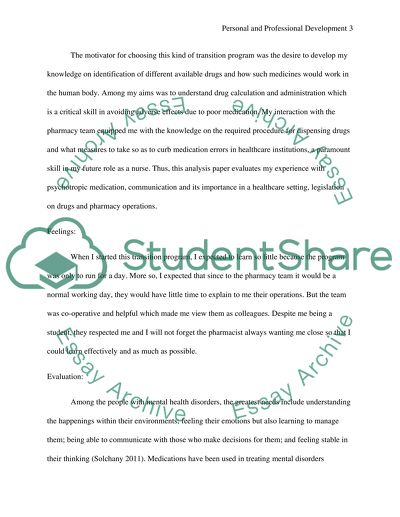Cite this document
(“Personal and professional development Essay Example | Topics and Well Written Essays - 2500 words - 1”, n.d.)
Personal and professional development Essay Example | Topics and Well Written Essays - 2500 words - 1. Retrieved from https://studentshare.org/nursing/1401685-personal-and-professional-development
Personal and professional development Essay Example | Topics and Well Written Essays - 2500 words - 1. Retrieved from https://studentshare.org/nursing/1401685-personal-and-professional-development
(Personal and Professional Development Essay Example | Topics and Well Written Essays - 2500 Words - 1)
Personal and Professional Development Essay Example | Topics and Well Written Essays - 2500 Words - 1. https://studentshare.org/nursing/1401685-personal-and-professional-development.
Personal and Professional Development Essay Example | Topics and Well Written Essays - 2500 Words - 1. https://studentshare.org/nursing/1401685-personal-and-professional-development.
“Personal and Professional Development Essay Example | Topics and Well Written Essays - 2500 Words - 1”, n.d. https://studentshare.org/nursing/1401685-personal-and-professional-development.


